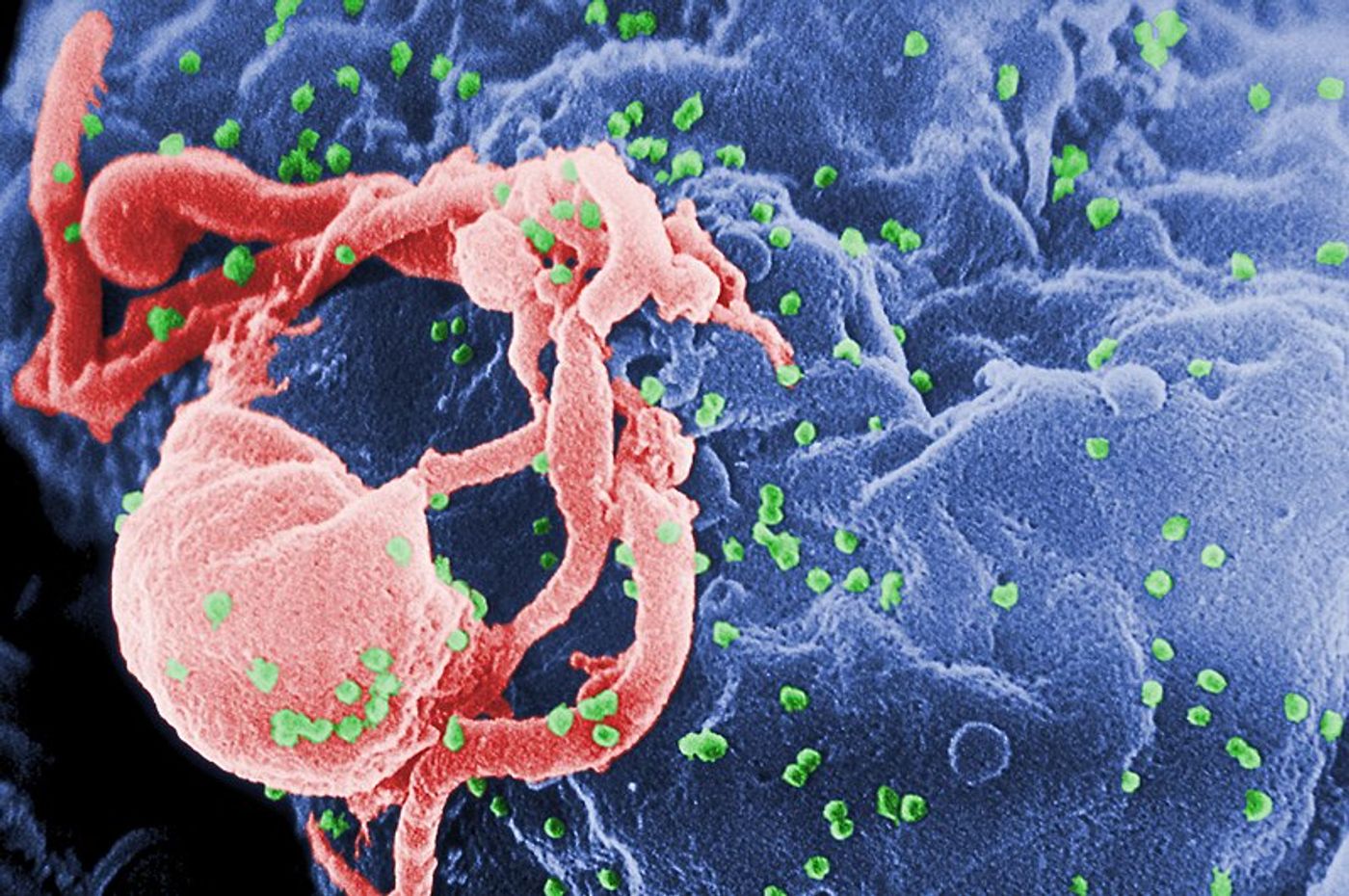Scientists Discover "Block-and-Lock" Drug to Cure HIV
For the first time, researchers dare to suggest they may have found a functional cure for HIV, the viral infection that leads to AIDS: a new drug used in combination with existing antiretroviral treatment stops HIV in its tracks. The remarkable study describing this discovery was recently published in the journal Cell Reports.
From the Scripps Research Institute, scientists introduce a derivative of a natural compound called didehydro-Cortistatin A (dCA). The dCA derivative works by blocking a transcriptional activator called Tat in virally-infected cells. Without Tat, viruses can’t replicate. If viruses can’t replicate, they can’t cause disease.
According to study leader Susana Valente, this is the first-ever treatment approach to completely halt viral production in infected cells.
"This is the only class of drugs that stops infected cells from making viruses outright," Valente explained. "All current antivirals work later in the viral lifecycle, so only a HIV transcriptional inhibitor like dCA can stop the side effects of low-level virus production."
The new drugs works as a “Block-and-Lock” approach. It prevents latent viruses from “waking up” and causing future infection. And why combine it with existing antiretroviral drugs? "Combining dCA with anti-retroviral therapy accelerates HIV-1 suppression and prevents viral rebound after treatment interruption, even during strong cellular activation," Valente explained.
HIV is infamous for hiding in cells, remaining dormant until treatment stops, only to resurface and cause an infection even worse than before. The new drug stops the resurfacing, and in new studies applying the maximum tolerable dose of the drug, Valente sees “virtually no side effects.”
Researchers from the SRI tested the new combination therapy in a mouse model of a latent and persistent HIV infection. Mice were given one month of treatment, and latent viruses continued to be “blocked and locked” for 19 days after treatment stopped. To put things into perspective, for mice who only received antiretroviral drugs, the virus “came back to life” within a week of the drugs stopping.
"This study shows that a 'functional cure' approach can succeed in reducing residual virus in the blood during anti-retroviral treatment and limiting viral rebound during treatment interruption,” explained co-first author Cari F. Kessing.
The results Valente and her team saw were promising given the treatment was only administered for a month. But what could the benefits be when treatment continued for a longer period of time?
“The question is, how long?” Valente said. “We're studying that now."
Source: Scripps Research Institute









